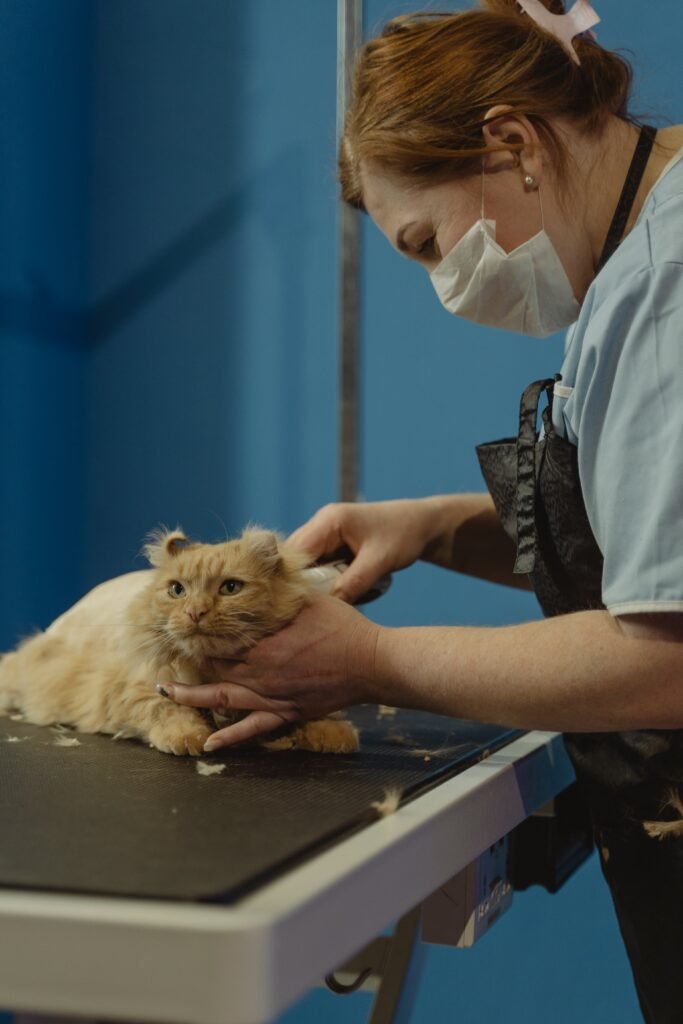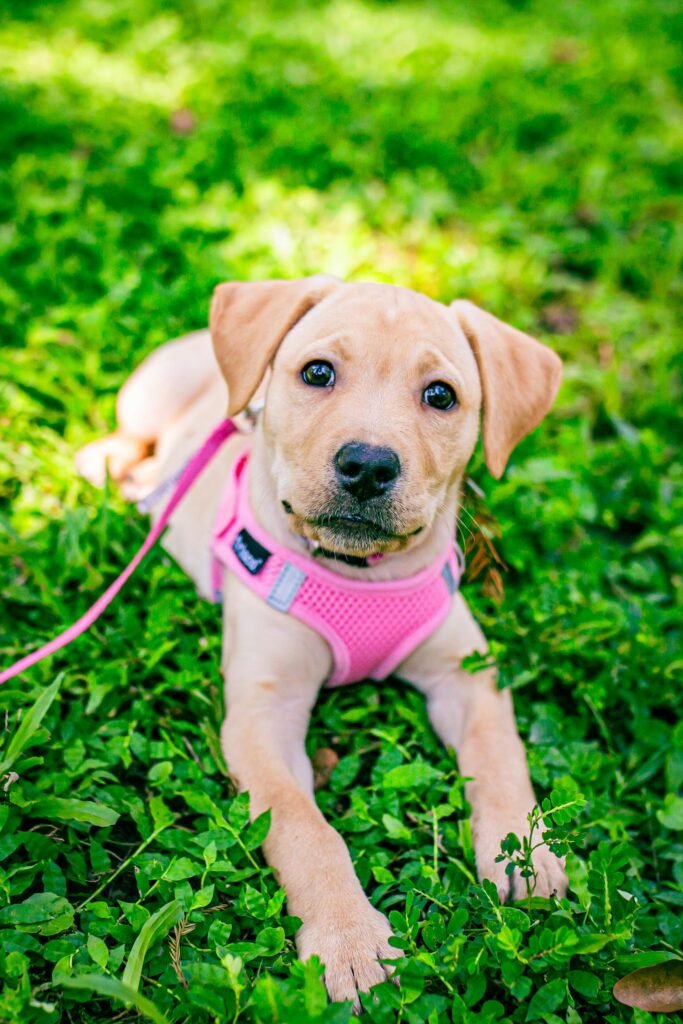Naturally, you want the best for your dog as a pet owner. Just like humans, dogs need regular physical activity to stay healthy, both physically and mentally. Yet, in our busy lives, it can be easy to overlook this essential aspect of our dogs’ well-being. In this article, we’ll explore why regular exercise is crucial for your dog’s overall health, how it benefits them in various ways, and how you can tailor an exercise routine to meet your dog’s specific needs.
Why Regular Exercise is Essential for Dogs
Dogs are naturally active creatures. Whether they’re chasing a ball, exploring new scents, or simply enjoying a walk, they thrive on physical activity. Exercise is not just a way to burn off excess energy; it’s a fundamental part of keeping your dog healthy. Regular exercise helps prevent obesity, strengthens the cardiovascular system, and supports a balanced state of mind.
Physical Health Benefits of Regular Exercise
Weight Management
One of the most significant physical benefits of exercise is weight management. Obesity in dogs can lead to a host of health problems, including diabetes, heart disease, and joint issues. Regular exercise helps to keep your dog at a healthy weight by burning calories and supporting a healthy metabolism. Plus, an active dog is less likely to gain excess weight in the first place.
Joint and Bone Health
Exercise is also vital for maintaining healthy joints and bones. Regular activity helps to prevent arthritis and stiffness, particularly in older dogs. It also builds muscle mass and strength, which supports your dog’s skeletal structure and reduces the risk of injury.
Digestive Health
Exercise promotes regular bowel movements and can reduce the risk of digestive disorders. Physical activity stimulates the digestive tract, helping to move food through the system efficiently and reducing the likelihood of constipation or other digestive issues.
Mental Health Benefits of Regular Exercise
Reducing Anxiety and Stress
Dogs naturally reduce stress with exercise. Exercise helps to release pent-up energy that, if left unchecked, can lead to anxiety or stress. Establishing a regular exercise routine provides your dog with a sense of security and predictability, which can be incredibly calming.
Preventing Behavioral Problems
Dogs that don’t get enough exercise often develop behavioral problems. Destructive behavior, such as chewing on furniture or excessive barking, can often be traced back to a lack of physical activity. Regular exercise helps to alleviate boredom and prevents these issues by keeping your dog engaged and stimulated.
Enhancing Socialization
Exercise, especially in social settings like dog parks or group walks, helps improve your dog’s socialization skills. Regular interactions with other dogs and people teach your dog how to behave appropriately in various situations, which can reduce aggression and fearfulness.
The Role of Different Types of Exercise
Walking
Walking is the most basic form of exercise, yet it’s incredibly beneficial. Daily walks help to burn calories, stimulate the mind, and provide a low-impact workout that is suitable for dogs of all ages and sizes. Aim for at least 30 minutes of walking each day, adjusting the duration based on your dog’s needs.
Running and Fetch
For high-energy dogs, running and playing fetch are excellent ways to burn off excess energy. These activities provide intense physical exercise and help to build endurance. Breeds like Border Collies, Labrador Retrievers, and other active dogs particularly benefit from these high-energy activities.
Swimming
Swimming is a great low-impact activity that is easy on the joints, so dogs with hip dysplasia or arthritis may swim. It’s also a great way to cool down in hot weather while providing a full-body workout.
Interactive Play
Interactive games, like tug-of-war or puzzle toys, provide mental stimulation as well as physical exercise. These activities engage your dog’s brain and can help to strengthen the bond between you and your pet.
Tailoring Exercise to Your Dog’s Needs
Understanding Your Dog’s Breed
Different breeds have different exercise needs. For example, a Border Collie may require hours of activity each day, while a Bulldog might be content with a short walk. Understanding your dog’s breed-specific needs is key to providing the right amount and type of exercise.
Considering Age and Health
Puppies, adults, and senior dogs all have different exercise requirements. Puppies need shorter, more frequent bursts of activity, while adult dogs may benefit from longer, more structured exercise sessions. Senior dogs, on the other hand, might need gentler activities that accommodate their aging joints and slower pace.
Signs Your Dog Needs More Exercise
Physical Signs
If your dog is gaining weight or seems to have decreased stamina, it might be a sign that they need more exercise. Regular physical activity is essential for maintaining a healthy weight and keeping your dog’s energy levels balanced.
Behavioral Signs
Dogs that are not getting enough exercise often display behavioral issues such as destructive chewing, excessive barking, or hyperactivity. If your dog is acting out, it might be their way of telling you they need more physical activity.
Creating a Consistent Exercise Routine
Setting a Schedule
Consistency is key when it comes to exercising your dog. Setting a daily schedule that balances work, play, and exercise ensures that your dog knows what to expect each day, which can reduce anxiety and promote good behavior.
Staying Consistent
Dogs thrive on routine, so it’s essential to stick to your exercise schedule as closely as possible. Overcoming obstacles like bad weather or a busy schedule might require creativity, but keeping your dog active should always be a priority.
Safety Tips for Exercising with Your Dog
Weather Considerations
Always take the weather into account when exercising your dog. Hot weather can lead to overheating, so exercise during cooler parts of the day and ensure your dog stays hydrated. In cold weather, protect your dog’s paws from ice and salt, and consider shorter, more frequent exercise sessions.
Preventing Overexertion
It’s important to recognize the signs of fatigue in your dog, such as excessive panting, slowing down, or lying down during exercise. Give your dog plenty of time to rest and recover, especially after intense activities.
Using Proper Equipment
Ensure that your dog is safe and comfortable during exercise by using well-fitted collars, harnesses, and leashes. Choose toys that are safe and appropriate for your dog’s size and chewing strength to prevent injury.
Conclusion
Regular exercise is a cornerstone of your dog’s physical and mental well-being. The advantages of regular physical activity are numerous, ranging from behavioral disorders prevention to keeping a healthy weight. By understanding your dog’s specific needs and creating a consistent exercise routine, you can help your furry friend live a happier, healthier life. So, lace up your walking shoes, grab your dog’s favorite toy, and make exercise a fun and essential part of your daily routine.
FAQs
How much exercise does my dog need daily?
The amount of exercise depends on your dog’s breed, age, and health, but most dogs need at least 30 minutes to 2 hours of physical activity each day.
Can I exercise my dog too much?
Yes, over-exercising can lead to fatigue, joint injury, and heatstroke. It’s important to monitor your dog for signs of overexertion and adjust their activity level accordingly.
What are the best indoor exercises for dogs?
Indoor exercises include playing fetch down a hallway, using puzzle toys, and practicing obedience training or tricks that engage your dog both mentally and physically.
How can I motivate a lazy dog to exercise?
Start with short, fun activities that your dog enjoys, gradually increasing the duration. Positive reinforcement, like treats and praise, can also encourage more activity.
What are some signs that my dog is overexerted?
Signs of overexertion include excessive panting, drooling, staggering, and a reluctance to continue moving. If you notice these signs, stop the exercise immediately and let your dog rest.


